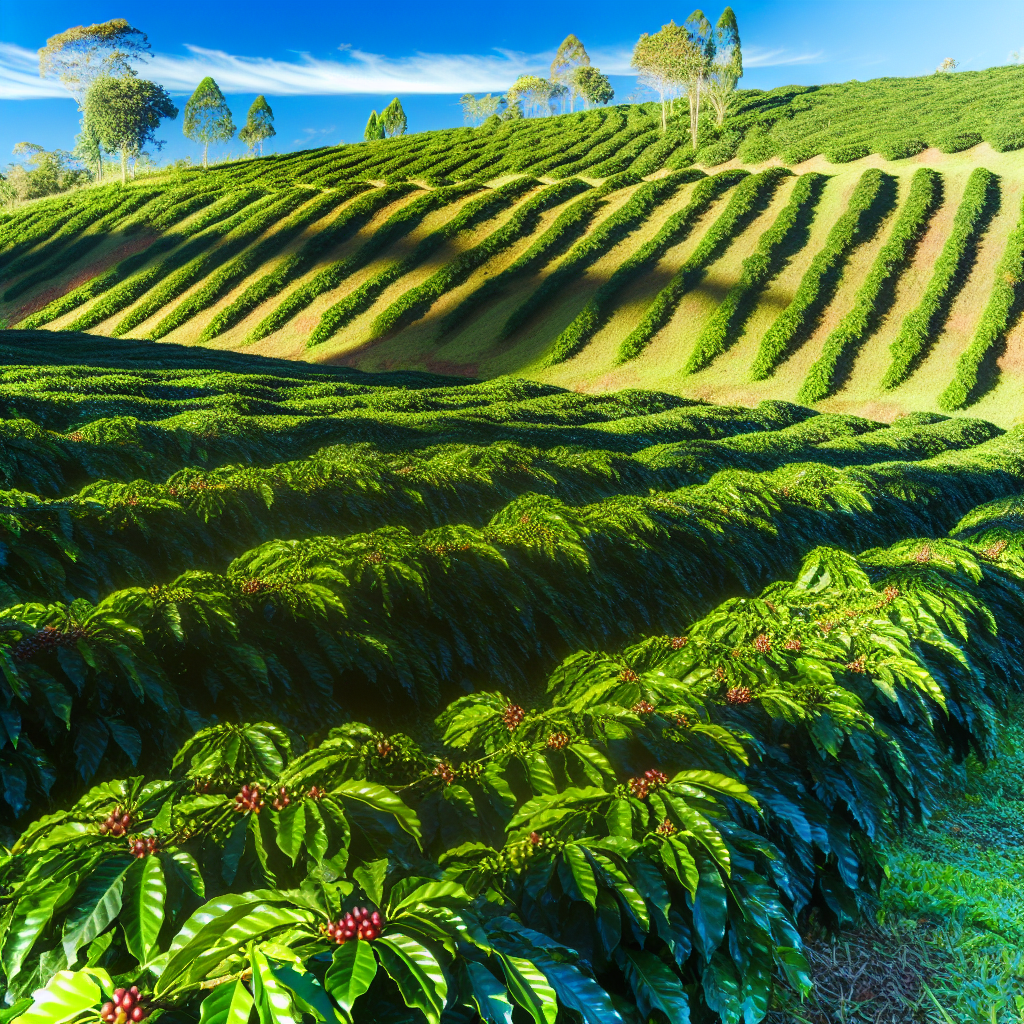
Dive into the fascinating world of coffee cultivation and discover how geographic regions impact the flavor and quality of your favorite brew.
Exploring the Main Types of Coffee Beans: Arabica and Robusta
Hey there, coffee enthusiasts! Let's kick off our journey by exploring the two main types of coffee beans that rule the global scene: Arabica and Robusta. Arabica beans are the darlings of the coffee world, known for their smooth, complex flavors. They thrive in higher altitudes and cooler climates, making them a bit more delicate and harder to cultivate.
On the flip side, we have Robusta beans. These beans are the tough cookies of the coffee family, growing well at lower altitudes and in hotter climates. They pack a punch with a strong, somewhat bitter taste and higher caffeine content. Whether you're an Arabica aficionado or a Robusta rebel, understanding these beans is your first step to coffee mastery!
The Coffee Belt: Prime Regions for Coffee Cultivation
Welcome to the Coffee Belt, the magical zone between the Tropics of Cancer and Capricorn where coffee dreams come true. Spanning continents, this belt includes Latin America, Africa, and Asia—each region contributing its own unique twist to the coffee canvas.
The Coffee Belt's ideal conditions—think rich soil, moderate sunshine, and just the right amount of rainfall—create the perfect environment for growing those precious beans. So next time you're sipping your favorite brew, remember that it's likely come from one of these prime regions where coffee grows best!
Latin American Coffee: A Symphony of Flavors
Ah, Latin America! This region is a powerhouse in the coffee world, producing some of the most beloved beans on the planet. Countries like Brazil, Colombia, and Costa Rica are well-known for their high-quality Arabica beans. Expect a symphony of flavors ranging from nutty and chocolaty to fruity and bright.
Colombian coffee, for instance, is famous for its balanced flavor and mild acidity, making it a favorite among many coffee lovers. Brazil, the largest producer, offers a wide range of profiles, but you'll often find notes of chocolate and nuts. Each Latin American country brings its own unique flair to the cup, making every sip an adventure.
African Coffee: Where Tradition Meets Richness
Let's take a trip to Africa, where coffee isn't just a crop—it's a way of life. Ethiopia, the birthplace of coffee, offers beans that are as exotic as the land itself. Ethiopian coffees are celebrated for their floral and fruity notes, often with a hint of wine-like acidity.
Then there's Kenya, another star in the African coffee scene. Kenyan beans are known for their bright acidity and full-bodied flavor, often featuring notes of berries and citrus. African coffee is a testament to the continent's rich traditions and diverse landscapes, making each cup a celebration of heritage and flavor.
Asian Coffee: Diverse Profiles from Exotic Lands
Finally, let's explore the diverse and exotic coffee profiles from Asia. This region offers a fascinating range of flavors, from the earthy and bold notes of Indonesian coffee to the smooth, buttery taste of beans from Vietnam.
Indonesia, with its unique wet-hulling process, produces beans that are rich and full-bodied, often with earthy and spicy undertones. Meanwhile, Vietnam is the world's largest producer of Robusta beans, known for their strong, robust flavor and high caffeine content. Each Asian country brings something special to the table, making their coffees a must-try for any true coffee lover.